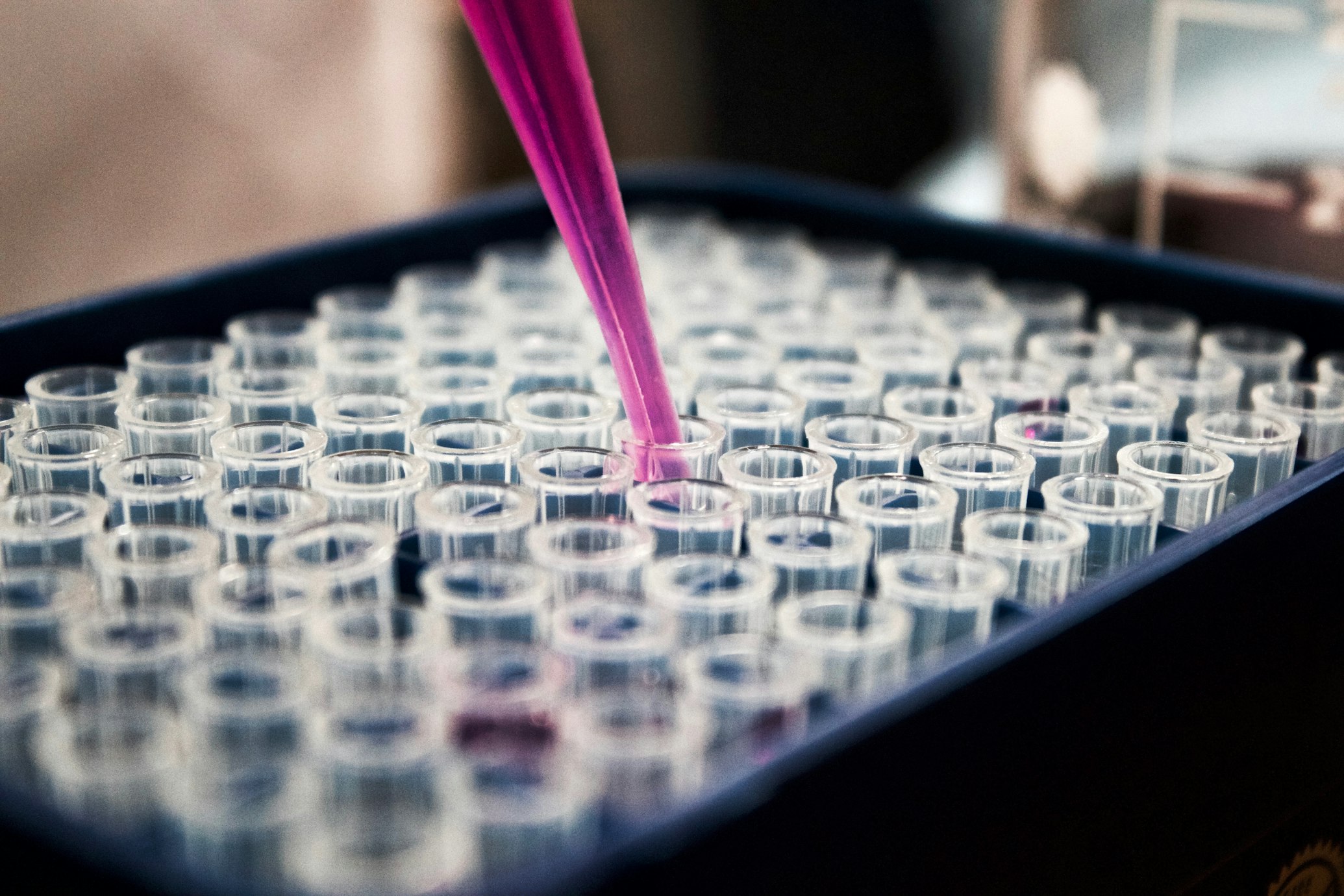The Silent Saboteur
How Corrosion 2.0 Is Fighting a Trillion-Dollar Enemy
Every 30 seconds corrosion claims another industrial victim—scientists fight back with AI and nature's chemistry
The Rust That Costs the Earth
Corrosion is no mere nuisance. This relentless electrochemical process drains 3-4% of global GDP annually—over $3 trillion lost to rust, pitting, and degradation 6 .
Economic Impact
Corrosion costs exceed $3 trillion annually, more than the GDP of most countries 6 .
Time Factor
Every 30 seconds, corrosion claims another industrial victim somewhere in the world.
The New Frontier of Decay Prevention
At its core, corrosion is an electrochemical siege. When metals like steel encounter moisture and contaminants (chlorides, sulfates), atoms surrender electrons, triggering dissolution.
Pitting Corrosion
Tiny holes that penetrate deep into critical structures. Recent studies show pits on weathering steel evolve from 20–120 μm wide craters to structural weak points 1 .
Galvanic Corrosion
When dissimilar metals contact (e.g., steel bolts on aluminum aircraft panels), they form accidental batteries accelerating decay 6 .
Decoding Weathering Steel's Secret Armor
How do chromium/nickel-enhanced weathering steels resist corrosion in concrete bridges and chloride-rich environments? 1
Methodology
- Cyclic salt sprays mimicking 10 years of coastal exposure
- SEM/AFM imaging of pit morphology
- COMSOL Multiphysics modeling
Results Summary
| Material | Avg. Corrosion Rate (mm/year) | Pit Depth (μm) | Passive Film Stability |
|---|---|---|---|
| Carbon Steel | 0.45 | 70–90 | Low (breaks down in <7 days) |
| Weathering Steel | 0.08 | 15–50 | High (intact at 28 days) |
| CrCoNi MPEA | 0.03 | <10 | Exceptional (stable Cr₂O₃ layer) |
Key Insights
The Scientist's Toolkit
Reagents and equipment revolutionizing corrosion research
| Tool | Function | Innovation |
|---|---|---|
| Rumex nepalensis Extract | Green corrosion inhibitor for acidic media | Forms chelating films via polyphenols, replacing carcinogenic chromates 3 |
| Pyrazole Derivatives | Organic inhibitors for carbon steel in HCl | Achieves 97.2% efficiency via N-atom adsorption |
| CO₂-Saturated Brines | Simulates carbon capture pipeline conditions | Tests corrosion in CCS infrastructure 5 |
| CrCoNi MPEA Alloys | Next-gen corrosion-resistant materials | Single-phase structures resist pitting via Cr-rich passive layers 7 |
Towards Zero-Corrosion Infrastructure
Economic Impact
Ohio University's ICMT predicts 12–27% longer service lives for pipelines using their corrosion models—saving billions in replacements 5 .
Self-Reporting Materials
Sensors embedded in concrete or coatings that signal corrosion onset via color shifts or wireless alerts.
Bio-Inspired Healing
Microcapsules releasing inhibitors when pH changes mimic biological immune responses.
"We're not just slowing decay—we're teaching metals to heal themselves."
Conclusion: The End of the Rust Age?
Corrosion 2.0 isn't about fighting nature—it's about mastering it. From chromium's self-assembling barriers to AI's predictive gaze, we're transitioning from reactive repairs to preventive wisdom.

